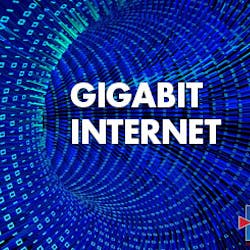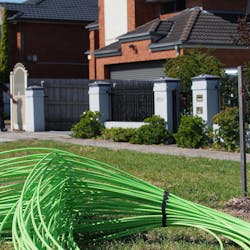In an effort to bolster the global networking research community, CableLabs announced that it has published its DOCSIS simulation model on the ns-3 “App Store,” thus enabling academic and industry researchers to easily include cable broadband links in their network simulations.
The move is expected to greatly enhance the ability of DOCSIS equipment vendors, operators and academic researchers to explore “what-if” scenarios for improvements in the core technology that underpins many of the services being delivered by cable operators worldwide.
For example, as suggested by CableLabs, using the DOCSIS simulation model, "a vCMTS developer could easily plug in an experimental new scheduler design and investigate its performance using high-fidelity simulations of real application traffic mixes."
In a Sept. 10 blog post, CableLabs' Greg White explains the DOCSIS simulation model's development:
For some of our innovations, CableLabs uses the “ns” family of discrete-event network simulators (widely used in academic networking research) to investigate sophisticated techniques for making substantial improvements in broadband network performance. The ns family originated at Lawrence Berkeley National Laboratory in the mid-1990s, and has evolved over three versions, with “ns-3” being the current iteration that is actively developed and maintained. The open-source ns-3 is managed by a consortium of academic and industry members, of which CableLabs is a member.
Examples of features developed with the help of ns include the Active Queue Management feature of the DOCSIS 3.1 specifications, which was developed by CableLabs using ns-2, and more recently, the Low Latency DOCSIS technology, which was created using models that we built in ns-3. In both cases, the simulation models were used to explore technology options and guide our decision making. In the end, these models were able to predict system behavior accurately enough to be used as the reference against which cable modems are compared to assess implementation compliance.
Because the DOCSIS simulation model is open source, anyone can modify it for their own purposes and contribute enhancements that can then be published to the community. Learn more.







